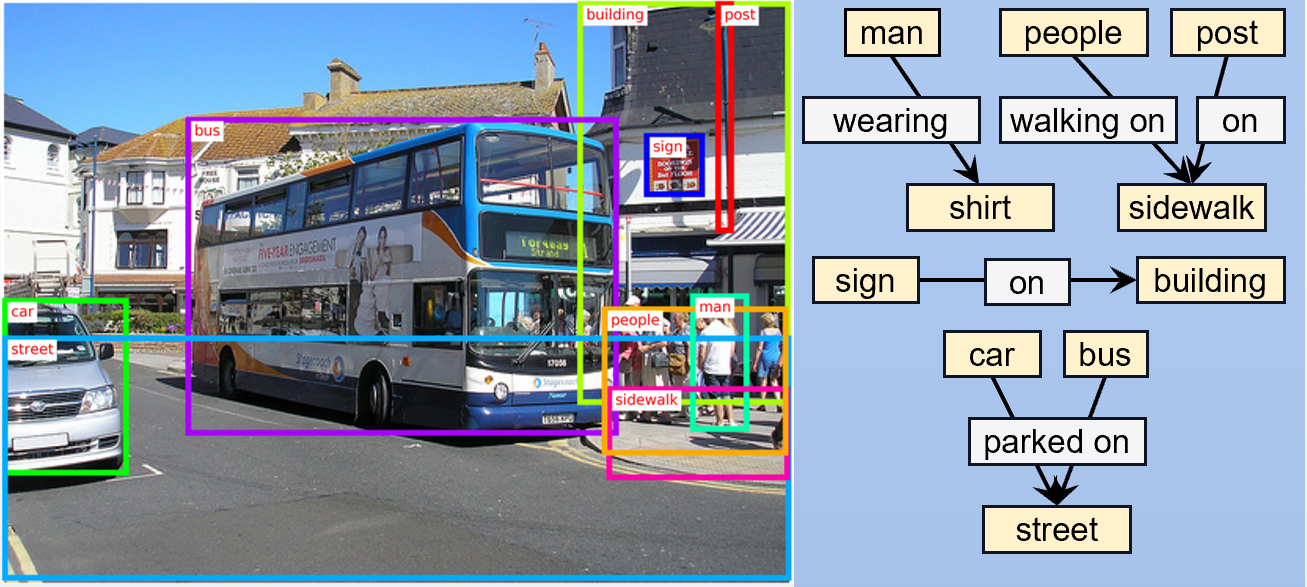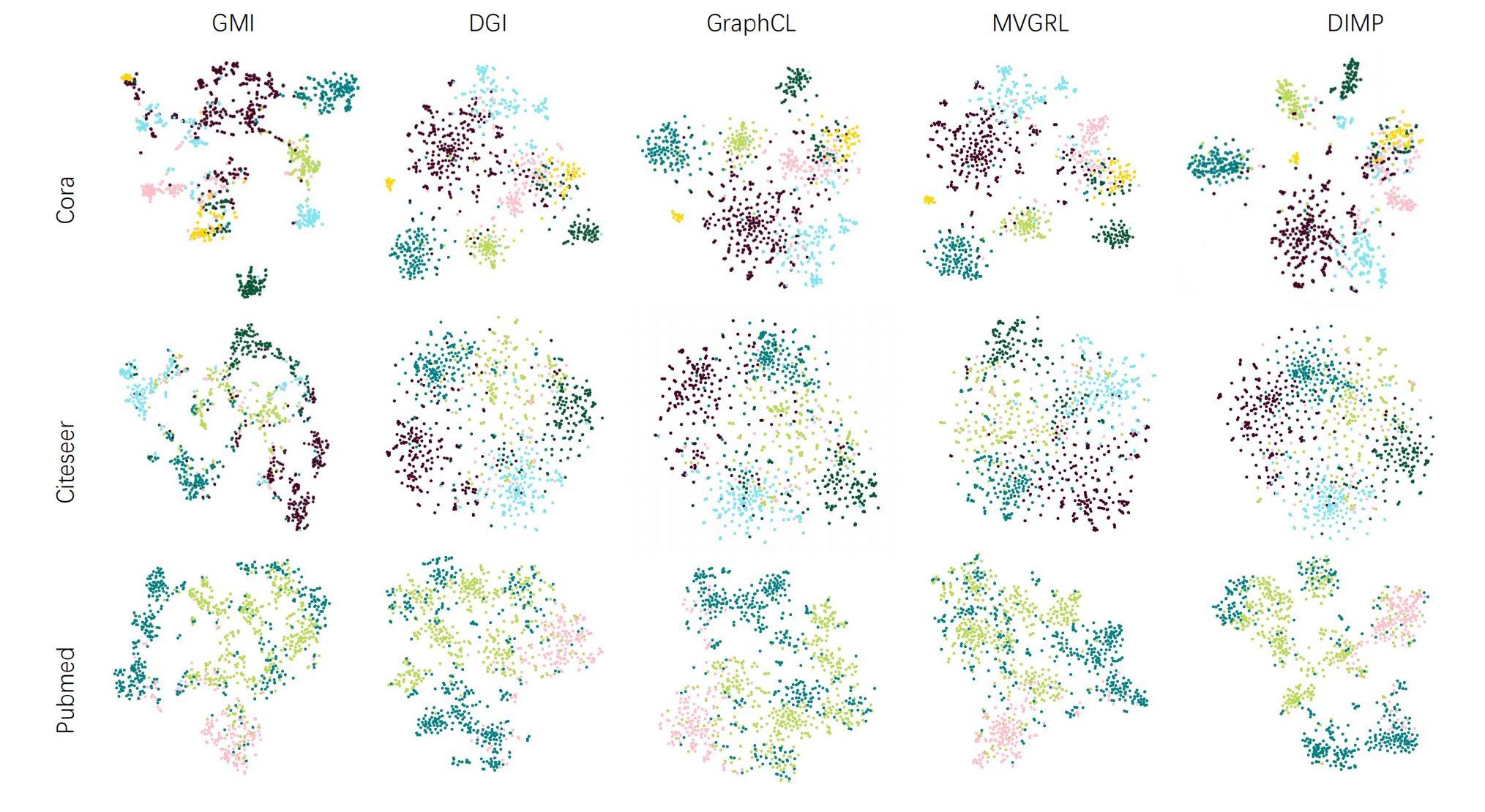Adaptive Feature Learning for Unbiased Scene Graph Generation [PDF]
Published in IEEE TIP, 2024
Scene Graph Generation (SGG) aims to detect all objects and identify their pairwise relationships in the scene. Recently, tremendous progress has been made in exploring better context relationship representations. Previous work mainly focuses on contextual information aggregation and uses de-biasing strategies on samples to eliminate the preference for head predicates. However, there remain challenges caused by indeterminate feature training. Overlooking the label confusion problem in feature training easily results in a messy feature distribution among the confused categories, thereby affecting the prediction of predicates. To alleviate the aforementioned problem, in this paper, we focus on enhancing predicate representation learning. In this project, we provide an effective and general solution, termed AMP-BiC, from the view of feature learning for complex scene graph understanding. AMP-BiC simultaneously achieves both the discriminated information propagation and aggregation during message passing and the de-confusion and de-bias during training.</p>







